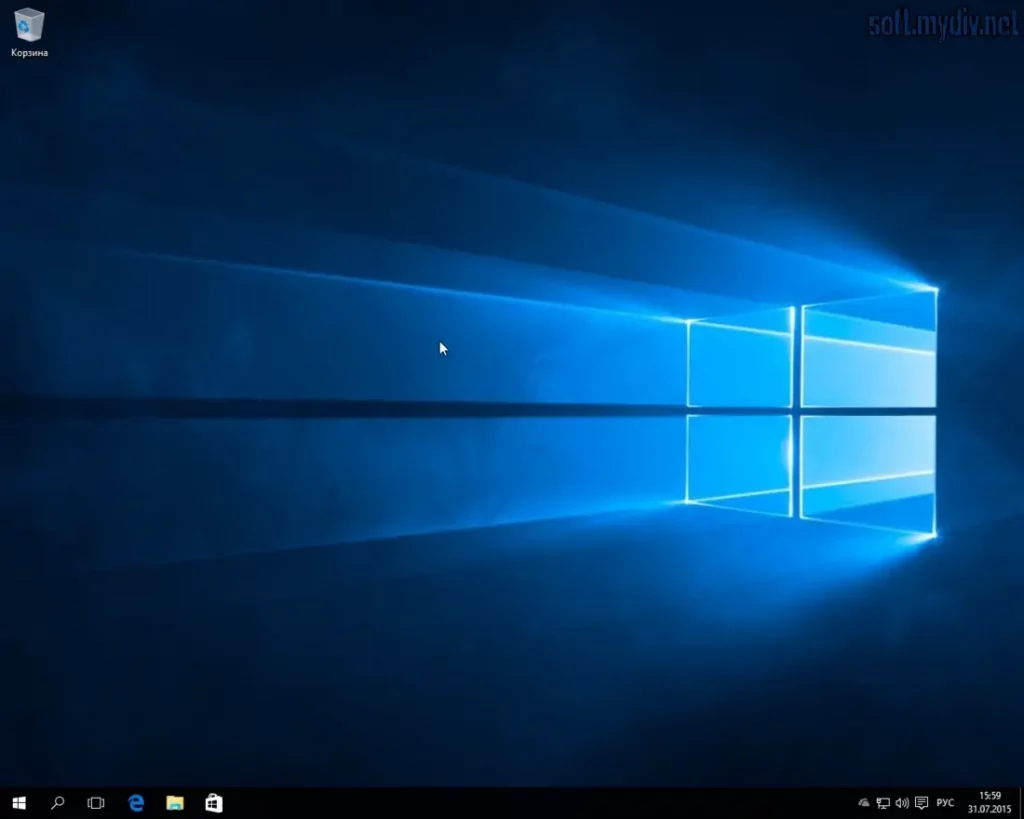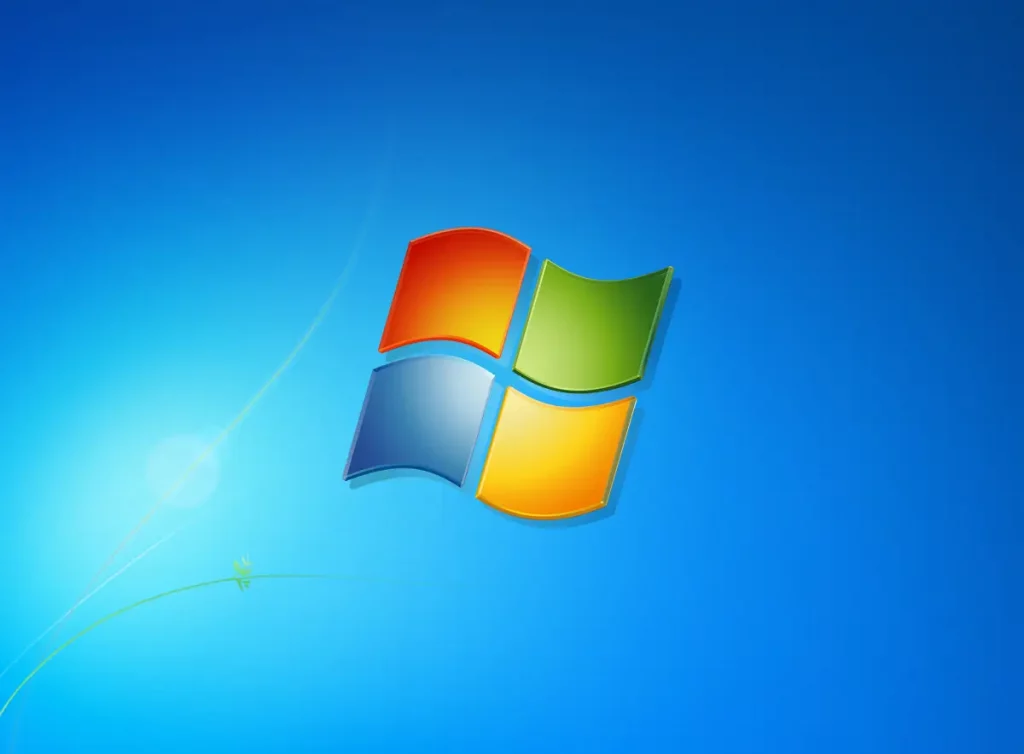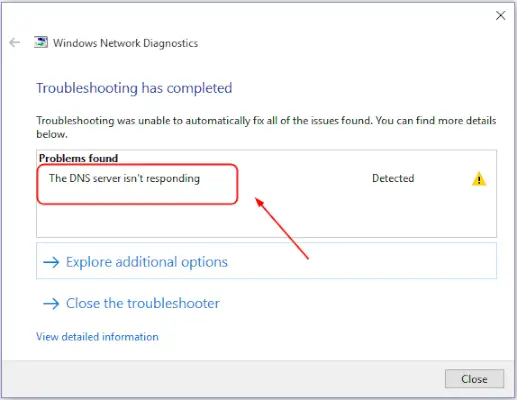Apple’s iMessage is one of the most popular messaging platforms in the world, known for its seamless integration with iOS and macOS devices. However, one significant drawback is that it’s traditionally been exclusive to Apple devices. For many Windows users, the lack of native support for iMessage on Windows 10 is a major inconvenience. In this comprehensive guide, we will explore various methods and tools to bring iMessage to your Windows 10 PC, allowing you to enjoy the benefits of Apple’s messaging service without needing a Mac or iPhone nearby.
Introduction to iMessage
iMessage is Apple’s proprietary messaging service, launched in 2011. It allows users to send texts, photos, videos, and more between Apple devices over the internet. Unlike traditional SMS or MMS, iMessage provides enhanced features like read receipts, typing indicators, and end-to-end encryption, making it a preferred choice for millions of users worldwide.
Why Use iMessage on Windows 10?
There are several reasons why users might want to access iMessage on Windows 10:
- Cross-Platform Communication: Many users work in mixed-device environments, using both Apple and Windows devices. Accessing iMessage on Windows allows for consistent communication across platforms.
- Convenience: Checking and responding to iMessages directly from a Windows PC eliminates the need to switch between devices constantly.
- Data Access: Having iMessage on your Windows PC allows you to keep a record of important conversations and files without transferring data between devices.
Is There a Native iMessage App for Windows 10?
As of now, Apple has not released a native iMessage app for Windows 10. However, there are several methods and third-party tools that can enable you to access iMessage on a Windows PC. These methods range from using remote desktop software to installing emulators or third-party applications. Each method has its pros and cons, which we will explore in this guide.
Methods to Access iMessage on Windows 10
Method 1: Using Chrome Remote Desktop
One of the most reliable ways to access iMessage on Windows 10 is through Chrome Remote Desktop. This method requires you to have a Mac with iMessage installed and a Windows PC with Google Chrome installed. Here’s how to set it up:
Step 1: Set Up Chrome Remote Desktop on Your Mac
- Download and install Chrome Remote Desktop from the Chrome Web Store on your Mac.
- Launch the app and follow the on-screen instructions to set up remote access to your Mac.
- Make sure your Mac is connected to the internet and that Chrome Remote Desktop is running.
Step 2: Access Your Mac from Windows
- On your Windows 10 PC, download and install Chrome Remote Desktop.
- Sign in with the same Google account you used on your Mac.
- Select your Mac from the list of available devices to establish a remote connection.
- Once connected, you can control your Mac from your Windows PC, including accessing iMessage.
Method 2: Using iPadian Emulator
An alternative approach is to use an iOS emulator like iPadian. While this method doesn’t provide full functionality, it can be a viable solution for those who do not have access to a Mac. Here’s how to use iPadian to access iMessage on Windows 10:
Step 1: Download and Install iPadian
- Visit the iPadian website and download the emulator for Windows.
- Install iPadian on your Windows 10 PC following the installation instructions.
Step 2: Launch iPadian and Access iMessage
- Open iPadian on your Windows PC. The emulator will give you an iOS-like interface.
- Search for the iMessage app within iPadian. Please note that the functionality may be limited, and the experience might not be as smooth as using an actual iOS device.
Method 3: Using Third-Party Apps
Several third-party apps claim to offer iMessage on Windows 10. However, users should exercise caution as these apps may not be reliable or secure. We recommend thoroughly researching any third-party software before installing it on your PC.
Setting Up iMessage on Windows 10 Using Jailbreak Solutions
For advanced users, jailbreaking an iOS device can provide another way to access iMessage on Windows 10. However, this method comes with significant risks, including voiding your device warranty and potential security vulnerabilities. If you choose to proceed, ensure that you fully understand the risks and have backed up your device.
Step 1: Jailbreak Your iOS Device
- Research the latest jailbreaking tools and methods for your specific iOS device and version.
- Follow the instructions carefully to jailbreak your device.
Step 2: Install a Third-Party App to Share iMessage
- Once your device is jailbroken, install a third-party app that allows you to share your iMessage account with a Windows PC.
- Set up the app according to the developer’s instructions.
Pros and Cons of Accessing iMessage on Windows 10
Each method for accessing iMessage on Windows 10 has its advantages and disadvantages:
Pros
- Cross-Device Communication: Stay connected with friends and family using iMessage, even when working on a Windows PC.
- Convenience: No need to switch between devices to check messages, improving productivity.
Cons
- Security Risks: Some methods, particularly those involving third-party apps or jailbreaking, can pose security risks.
- Limited Functionality: Emulators and remote desktop solutions may not provide the full iMessage experience.
- Technical Challenges: Setting up iMessage on Windows 10 can be technically challenging, especially for non-expert users.
Understanding the Limitations of iMessage on Windows 10
It’s important to recognize the limitations of using iMessage on Windows 10. While some methods allow you to send and receive messages, you may not have access to all iMessage features, such as Apple Pay, Animoji, or integration with other Apple services.
Alternatives to iMessage on Windows 10
If the methods for accessing iMessage on Windows 10 seem too complex or unreliable, consider using alternative messaging apps that offer cross-platform compatibility:
- WhatsApp: A widely used messaging app that works across multiple platforms, including Windows, iOS, and Android.
- Telegram: Known for its security features and cross-platform support, Telegram is a robust alternative to iMessage.
- Signal: An open-source messaging app that prioritizes privacy and works on various devices, including Windows PCs.
Troubleshooting iMessage on Windows 10
If you encounter issues while trying to access iMessage on Windows 10, here are some common troubleshooting tips:
Remote Desktop Connection Issues
- Ensure that both your Mac and Windows PC are connected to the internet and that Chrome Remote Desktop is running on both devices.
- Check that you’re signed in with the same Google account on both devices.
- Restart both devices if the connection fails.
Emulator Performance Problems
- Ensure that your Windows PC meets the system requirements for running the iPadian emulator.
- Close other applications to free up system resources and improve emulator performance.
Security Concerns
- Only download software from trusted sources to minimize security risks.
- Consider using antivirus software to scan for potential threats before installing third-party apps.
Future Prospects: Will Apple Release iMessage for Windows?
As of now, Apple has shown no intention of releasing a native iMessage app for Windows 10. However, with the increasing demand for cross-platform compatibility, it remains a possibility in the future. Apple has gradually opened up some of its services, such as iTunes and Apple Music, to Windows users, so a native iMessage app for Windows could happen eventually.
While Apple does not provide a native iMessage app for Windows 10, several workarounds can help you access iMessage on your PC. Whether you use Chrome Remote Desktop, an emulator, or a third-party app, each method has its own set of advantages and challenges. Understanding these options and choosing the right one for your needs will allow you to enjoy iMessage on your Windows 10 device, bridging the gap between Apple and Windows ecosystems.
Additional Resources
If you need further assistance, consider the following resources:
References
For more information, refer to the following references:




